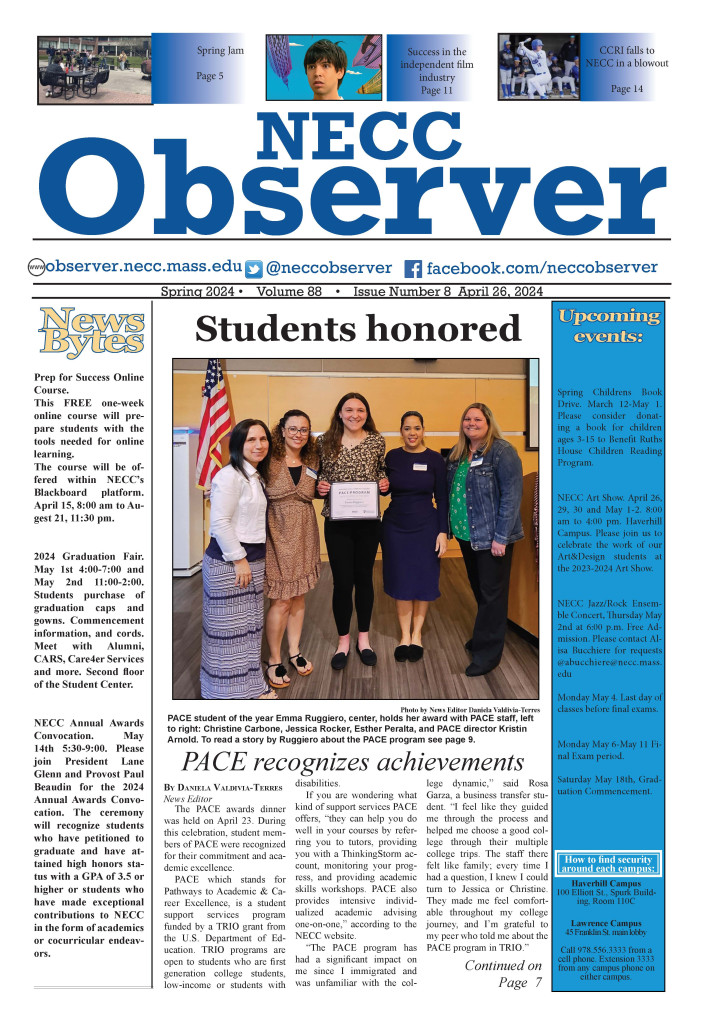In reviewing a recent issue of Entertainment Weekly, I noticed that the pictures all look so very perfect. Not a single blemish or fat roll or misplaced hair. Every tooth is straight and white, every eye is shining brightly and all of the skin is glowing. Clearly, Photoshop is used heavily.
While that in itself may pose an ethical dilemma given what we know about the effects of body image on the world’s youth, I was struck by an even deeper concern when I came to an article titled “Shondaland,” which included a large picture of Shonda Rhimes surrounded by Ellen Pompeo, Viola Davis and Kerry Washington.
All four are beautiful women to begin with and this picture was no exception. The racial diversity displayed in the picture would, on the surface, appear to be a testament to how far our society has come with regard to racial integration, but I was struck by how the use of lighting in this picture seemed to lighten the black women, especially Shonda Rhimes, to the point that she almost appeared white. I wondered about that because I didn’t remember her being so light-skinned.
Did the photographer use lighting to make her appear less black? Did the editors Photoshop the picture to diminish the contrast between Pompeo and the rest of the group? Did they think their audience would be uncomfortable with an article about mostly black people?
Out of curiosity, I Googled Rhimes, Washington and Davis and the result of my search was actually quite interesting. The thumbnail images on the Google search page showed each woman depicted in drastically different lighting, making them look much darker or lighter, depending on the setting and the publication. The use of creative lighting and editing was obvious when the pictures are viewed side by side. I had to wonder if this is a deliberate whitewash. If so, by whom? The photographer? The editor? The managers?
This may be an example of a publication that would diminish the appearance of race if they feel that they are catering to an audience with less racial tolerance. In this way, the publication can claim to be embracing racial diversity while easily handling those members of its audience who are still uncomfortable with such things. It’s as if they’re saying, “Don’t worry, they’re only a little bit black.”

